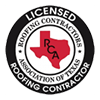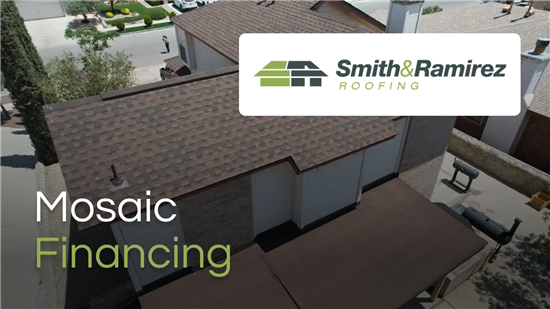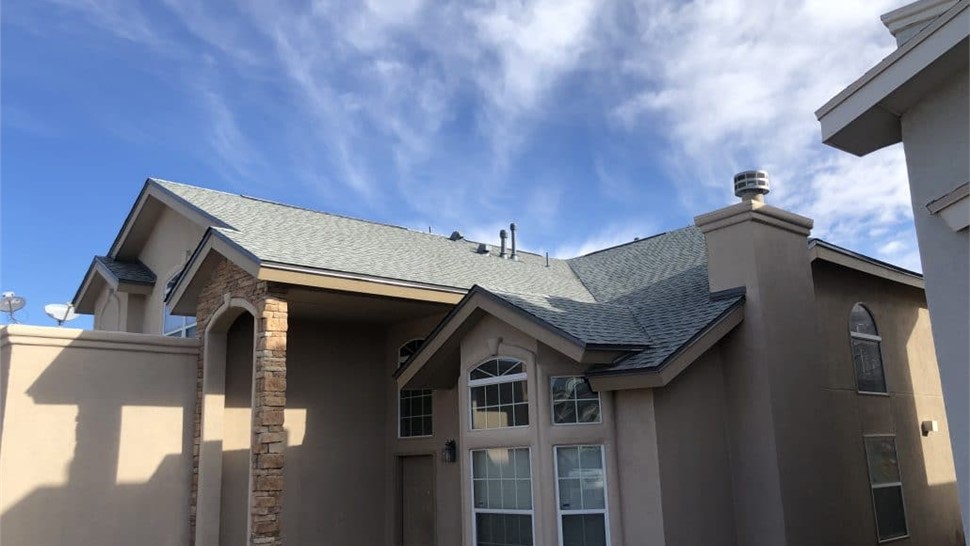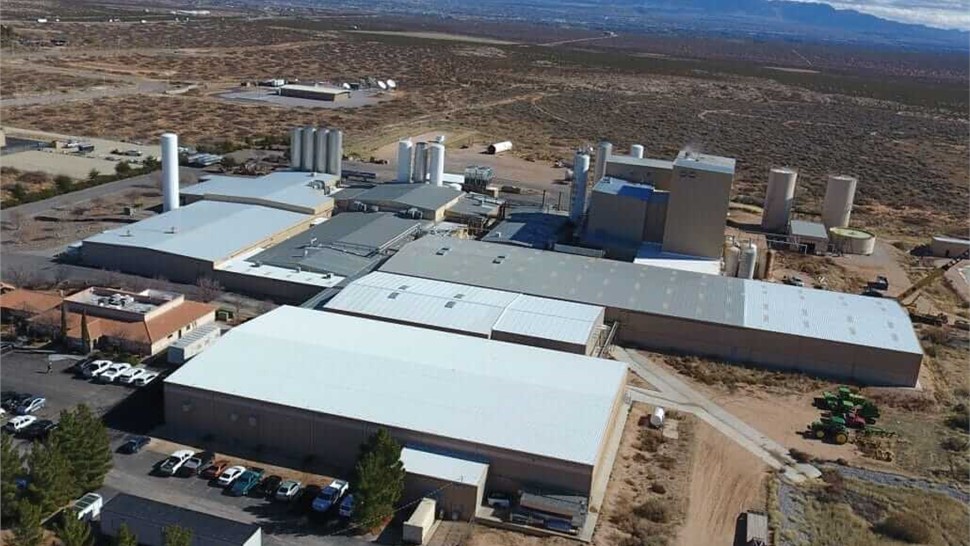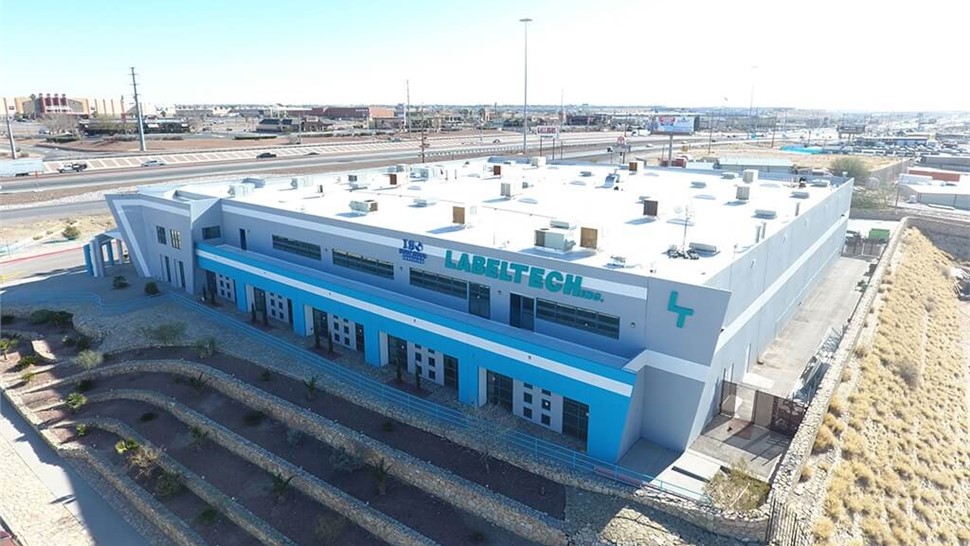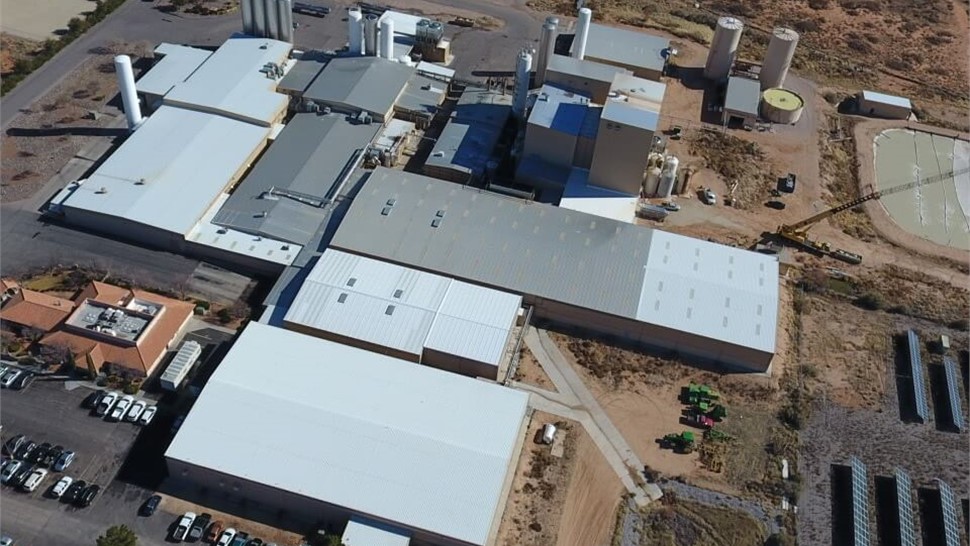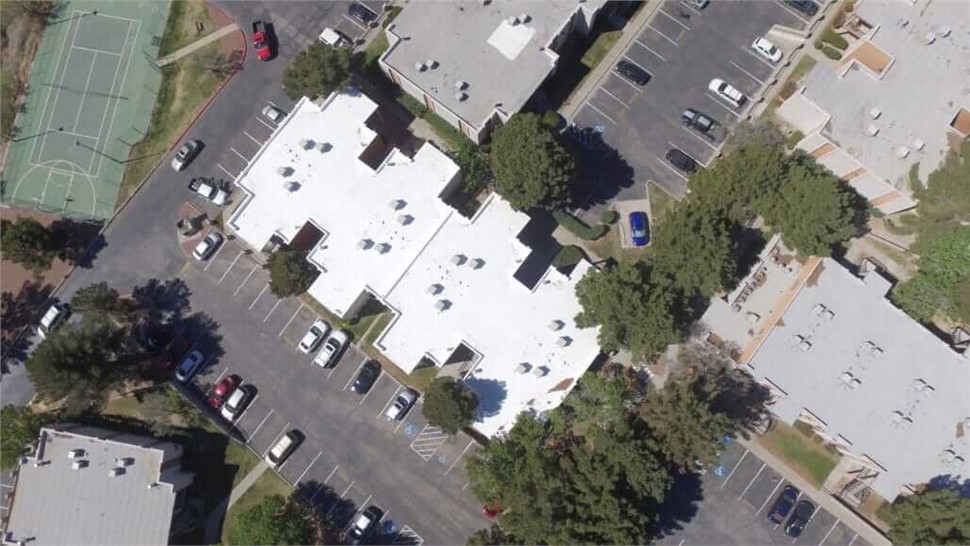Let's Get Started!
Take Advantage of a Free VELUX Skylight Upgrade!

Top Roofing Services in El Paso, Backed by Our 15-30 Year Labor Warranty
Roofing & Storm Damage Company
Here at Smith and Ramirez Restoration, LLC, we have a reputation as El Paso’s top roofing company. Our team provides a variety of trusted services for you to take advantage of during a roof replacement or repair.

For our military and veteran customers, we want to thank you for your service by offering a $250 rebate when you purchase a qualifying GAF roofing system with one of our Enhanced Warranties. Once approved, your $250 will be sent to you within 60 days of your roof installation.
Available until December 31st, 2025, you can submit a rebate claim within 90 days of the issuance date on your warranty letter.
Visit GAFRoofsForTroops.com to submit your rebate today!
Frequently Asked Questions
Our website offers an online estimate feature that will give you an estimate in 30 seconds. However, it is always best to give us a call so we can come out to your home or business, answer any questions you may have, and provide you with a complimentary quote.
Your roofing estimate should include everything you need to know to make an informed decision. It should include all costs, including materials, labor (including removal of old materials), and any add-ons such as gutters, skylights, or fascia. It should also include a warranty for labor and materials. If you are getting multiple estimates, be sure to compare them apples to apples so you are comparing the same scope of work. Be sure to also ask for proof of licenses and insurance.
We do offer free estimates to homeowners. If you are a tenant, please ask the homeowner or property manager to give us a call. If you are a real estate agent, we ask that you give us a call as well.
Yes, we do offer financing. Please click here to learn more.
Absolutely! Most insurance companies will recommend that their policyholders use a certified roofing contractor like Smith & Ramirez to handle necessary repairs or replacements. We’re more than happy to help you navigate the claims process from start to finish. In fact, both of our partners are former insurance adjusters, so they are very knowledgeable about the entire insurance process!
We are proud to offer GAF Energy solar shingles as part of our roofing solutions. These innovative shingles seamlessly integrate with your existing roof and provide a sleek and modern appearance while delivering clean, renewable energy to your home. As a GAF-certified installer, we are excited to help you harness the power of solar energy with this cutting-edge technology. Contact us for more details.
It depends on the home size and the amount of renovation being done. Most homeowners can expect a standard roof replacement to be completed in about one to three working days. Jobsite hours are approximately 8 AM to 6 PM, contingent upon weather, available daylight, your preferences, local noise ordinances, etc.
Yes, if the property is within city limits, your roof replacement will require a permit. However, no permit is necessary for roof repairs.
Along with your roof estimate, our team will also provide you with an approximate start date.
Yes! We will be walking on your roof, removing old materials, and installing new roof materials. It will be noisy!
Your project manager and team members (approximately 3-6 people) will be on-site working hand-in-hand. The size of the team is dependent on the size of your home and any potential deadlines.
Our goal is to have your home outfitted with new roofing as soon as possible. Start times are contingent upon schedule availability and permits.

Top Residential and Commercial Roofing Company in El Paso
Fully Insured Contractors
All of our roofers are factory-trained and insured, giving customers confidence that they’re hiring the professional and reliable asphalt and metal roof installers.
Industry-Leading Warranties
We provide highly-rated products with exceptional manufacturer’s warranties. In addition, we offer 15- to 30-year workmanship warranties on our roof replacement services.
Dual-State Licensure
We’re licensed in both Texas and New Mexico, allowing us to serve a wide range of customers across these states.
Limited Time Offers
Reputable Roofing and Storm Repair Process
01
Quote & Consultation
Every roofing project begins with our team learning about your roofing requirements and budget. We’ll create a solution and give you an estimate.
02
Installation
Once we get down to work, you can expect stunning results. We never cut corners, ensuring that your new roofing will exceed your expectations.
03
Customer Review
Upon completion of your installation, you’ll always be given the opportunity to review our work and make sure that it’s up to your standards.
Quality Roofing and Storm Repair Services
We make sure that our work impresses. View some examples of our past roofing projects and roof restoration services in the gallery to see our expertise.
El Paso and Las Cruces Leading Roof Installers
Our asphalt, flat, and metal roof replacement company is committed to serving home and business owners across multiple regions. While we mainly serve the El Paso, TX, and Las Cruces, NM areas, there are several other locations that we’re present in. We are active in multiple surrounding cities and towns, helping customers install the roofing they need for their properties. Take a look at our service areas list to find your location.




Qualified Residential and Commercial Roofing Contractors
There’s no question about it - we are one of the most qualified companies for new roofing systems in the area. We are proudly accredited by the Better Business Bureau, affiliated with GAF as a Master Elite Contractor, and we’ve won their “Excellence,” “Triple Excellence,” and “President’s Club” awards. We take our work seriously as a local contractor and never use subcontractors, ensuring that you get quality service from a respected professional. Smith and Ramirez Restoration, LLC has countless satisfied customers, and we are excited to add you to that list.




What Sets Us Apart from the Rest?

Our team of top-rated employees is fully insured, factory-trained, and qualified to provide each and every customer with superior service to ensure satisfaction. We are a top local company made up of licensed, honest professionals. We are accredited by the BBB, boast high ratings, and have excellent client reviews.
We purchase complete roofing systems and materials directly from the manufacturer. Smith & Ramirez Roofing offers only the best, highest quality workmanship, matched with premium materials and competitive pricing. You will be guaranteed a dependable and structurally sound final product.
Our team will continue to do what is honest, correct, legal, and ethical by finding ways to work within deductible boundaries rather than around them.
We participate in ongoing professional training to stay current with the best and most energy-efficient practices. We also educate our customers, so they feel confident to make informed decisions.
Our roofing crews are committed to quality craftsmanship. We guarantee that our team will use the latest and most energy-efficient practices to do the best job possible. We provide durable and long-lasting roof repair to all of our clients. If you need a top-notch inspection or require financing, then we can help.
Smith & Ramirez Roofing installs roofs with the best labor warranties. We offer 15 to 30-year labor warranties directly backed by the manufacturers from whom we purchase our products.
Other Companies
Many roofing companies are not properly insured and lack adequately trained employees. These companies will hire subcontractors to install their roofs instead.
Other companies make the mistake of trying to cut corners by using low-quality materials for the project. They will often mix and match products to save a dollar, leading to product compatibility issues later on.
Many roofers try to attract business by offering to waive deductibles. Waiving deductibles is illegal!
Other roofers are more eager to get you to sign on the dotted line than to educate themselves or you on the available roofing systems.
Many roofing companies continue to use outdated, labor-intensive methods and materials that don’t benefit you or your home. A poorly constructed roof will directly affect the insulation and cooling of your home or building.
Other companies shy away from offering long-term labor and materials warranties. These companies cannot confidently back their products or workmanship.


Read Our Recent Blogs
The Cost of Replacing Your Commercial Roof in El Paso
Replacing a commercial roof is a significant investment, and choosing the right roofing company is crucial. Many El Paso business owners face the challenge of balancing cost, durability, and long-term value when considering a new roof.
The Hidden Costs of DIY Roof Repair in El Paso
When your roof needs fixing, taking the DIY route might seem like a great way to save money. However, many El Paso homeowners underestimate the true cost of tackling roofing repairs alone.
The True Cost of Replacing Your Own Roof in El Paso
Replacing your own roof may seem like a cost-saving project, but it comes with significant risks. While El Paso homeowners might consider DIY roofing to avoid labor costs, there are many hidden expenses and potential dangers.
















